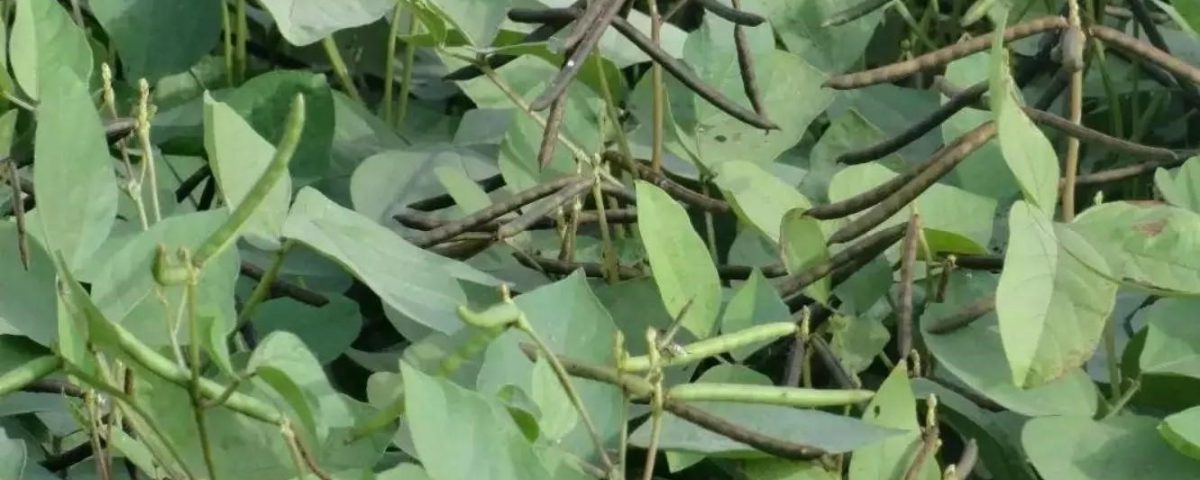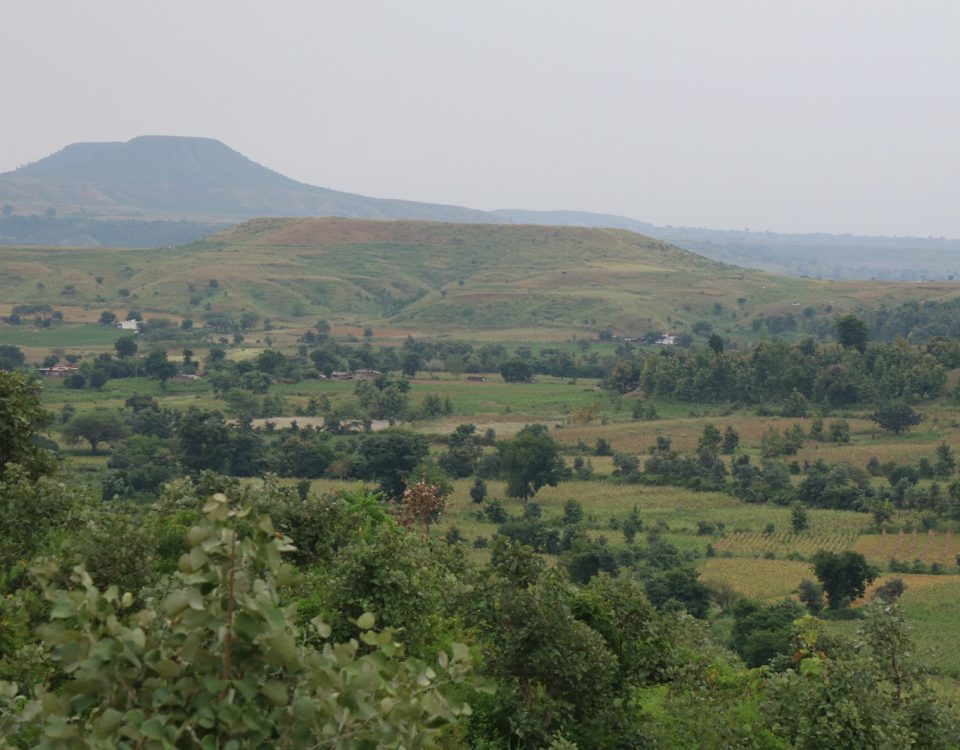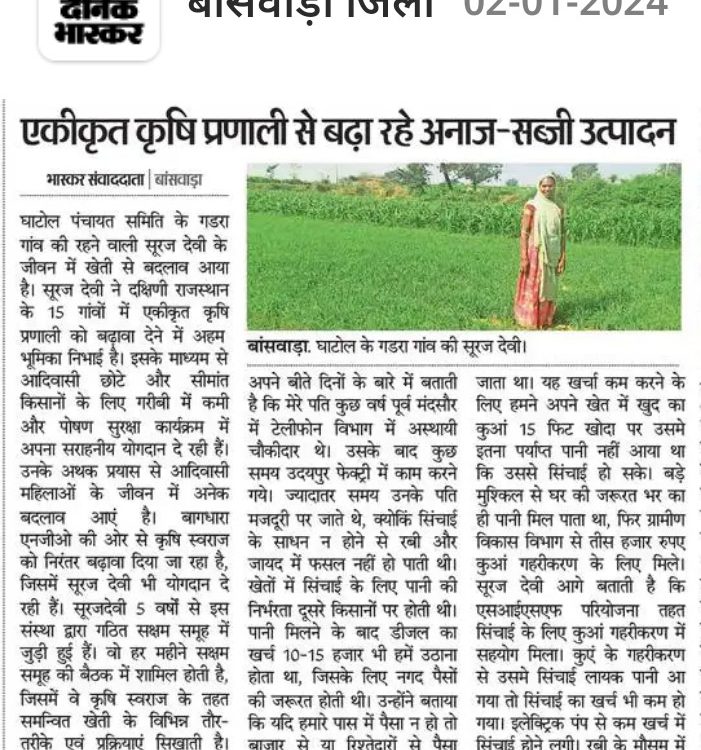Zaid farming through moong a mass movement

Thousands of water conservation structures in 1041 villages were pledged to be preserved by a collective resolution of lakhs of people.
March 23, 2024
Bala Devi Raut: A Trailblazer in Milk Production Inspiring Change
April 12, 2024To set an example of big change in a short time by making Zaid farming through moong a mass movement
In the tribal area on the border between Rajasthan, Madhya Pradesh and Gujarat, most farmers' agricultural land is located on slopes. As the amount of organic matter in these agricultural lands is continuously decreasing, the fertility of the soil is declining. To maintain the quality of the soil, the field should be ploughed in Zaid, i.e. in the summer season. This will destroy the harmful germs etc. in the soil and thus reduce the pest infestation in Kharif crops.
Alongside this, the introduction of Moong cultivation in summer offers the following advantages:
- Improves soil quality: Moong cultivation helps to recycle nutrients by enriching the soil with nutrients and increasing soil porosity. The plant also increases the activity of bacteria in the soil, which improves soil structure and fertility.
- Improving food and nutrition security: Moong cultivation grows protein-rich moong beans in just 60 days, which can ensure food security for the entire family.
- Improves animal health: The animals are provided with moong stalks, grass and straw as nutrient-rich feed.
- Increase of the nitrogen soil content: As a legume, Moong increases the amount of nitrogen in the soil of the field, which means that the crops grown in the coming Kharif season will also receive sufficient nitrogen, thereby increasing production.
- Nitrogen storage: Rhizobia bacteria live in the roots of Moong plants, absorbing nitrogen from the atmosphere and storing it in the roots.
- Natural cover function: When the Moong leaves dry and fall off, they cover the soil and act as a natural mulch. The leaves also serve as green manure and are beneficial for the soil quality.
- Water-saving cultivation: Moong does not need much water, the plant itself stores the moisture.
The above benefits are achieved by growing Moong. Although there are many methods of cultivation, relatively more benefits can be obtained by using the following methods depending on the climate of the region:
- Suitable climate: The Moong plant requires a warm climate, like the weather in the Vagad region.
- Soil: All types of soil are suitable for growing Moong, but medium loamy soil is the best.
- Preparation for farming: To grow Moong, the soil of the field should be loosened well by ploughing the field two to three times with the help of a plough and bull. During the last ploughing, it should be compacted to preserve the moisture long on the field.
- Seed quantity: In summer, 10-12 kg of seeds should be harvested from a bigha field. Moong is susceptible to soil-borne diseases and fungi. To protect the seed, a seed treatment should therefore be applied before sowing. For seed treatment, mix 300 grams of Rhizobium culture with 100 grams of jaggery in half a liter of water and apply it to the seed in this way. A thin layer of this solution must be applied to all the seeds. Subsequently, the treated seeds should be dried in the shade and then sown. This ensures good nitrogen stabilization.
- Sowing: Moong can be sown from the first week of March to the first week of April. Moong seeds should be sown from row to row using a plough, keeping a distance of 45 cm between the two rows. The distance from plant to plant is 10 cm.
- Manure and irrigation: For a good moong harvest, 2 to 3 carts of matured cow dung or compost should be mixed in the field before sowing. The first irrigation should take place 30 to 35 days after sowing and subsequent irrigation should take place every 15 days to ensure a good yield.
- Weed and disease control: The first weed control should be carried out 20 to 25 days after sowing, and the second weed control 40 to 45 days. Timely weeding reduces insect diseases in the crop.
Serious diseases that affect the moong crop
- Yellow magic: Due to this disease, the edges of the leaf veins turn yellow and subsequently the entire leaves turn yellow. This disease is transmitted by the whitefly.
- Root and stem rot: This disease causes the roots and stems of plants to rot.
Disease control: In general, these diseases occur in Moong. To prevent these diseases, disease-free, virus-free and healthy seeds should be sown. If the farmer cultivates traditionally, the above diseases will not occur.
- Pod borer insect: Pod borer insect is the main pest of Moong. The caterpillars of this insect penetrate the pod by drilling holes and they eat the grains.
Disease control: To control this pest, soak the moong seeds in 5 liters of cow urine and sow them. Alternatively, grind and dissolve 15 grams of asafoetida in 5 liters of curd, soak the Moong seeds in it for 2 hours and then sow them. This is enough for sowing 1 acre. Another solution is to take 500 grams of garlic and 500 grams of hot green chillis, grind them finely, dissolve them in 150 to 200 liters of water and sprinkle them on the crop, which helps control caterpillars and other sap-sucking insects.
Additional information to consider
- Time of harvest and threshing: When the Moong beans start to turn black and dry, the crop is ready to be harvested. There is a severe risk of the pods bursting if they become too dry. The seeds are separated from the pods with a stick.
- Production: In scientific cultivation, a yield of 2 quintals per bigha Moong is achieved. In irrigated areas, the average yield of the harvest is between 2 and 2.5 quintals per bigha.
- Storing the seeds: Moong seeds should be thoroughly dried before storage. The moisture content should not exceed 8 to 10% at the time of storage.
Subscribe to our newsletter!





